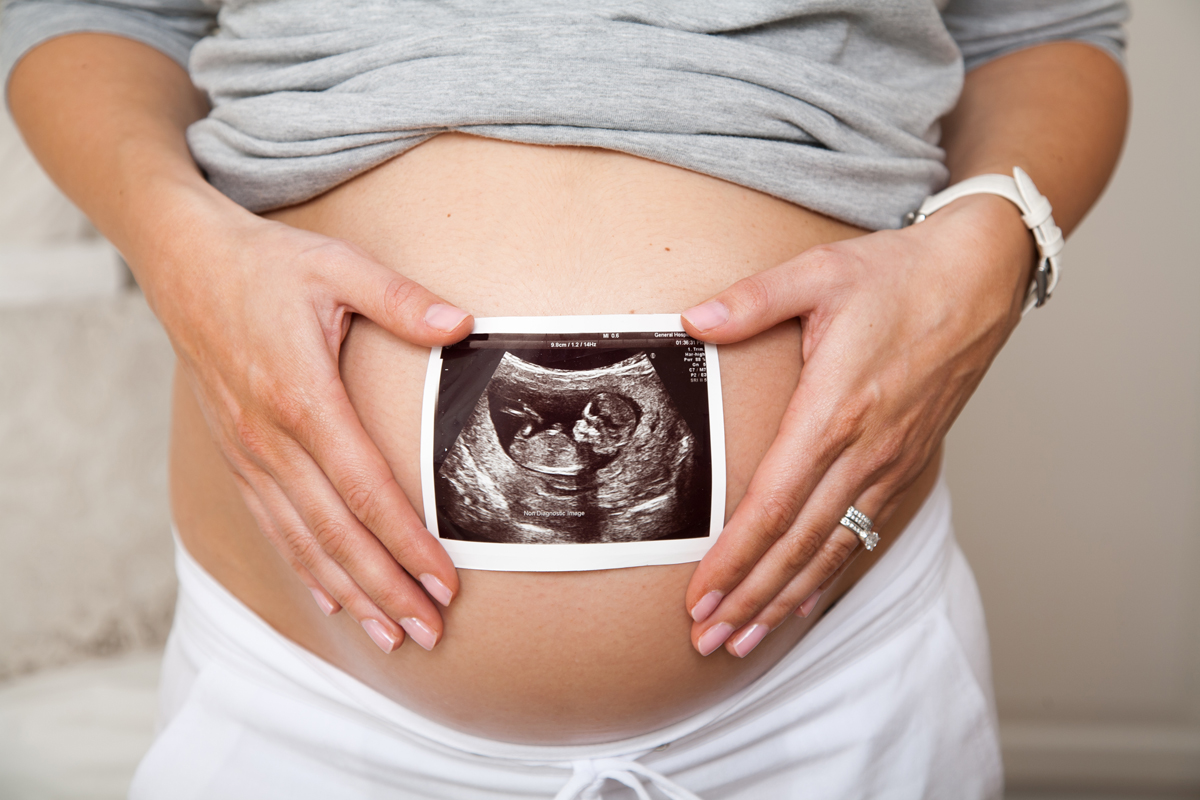[← article overview of the topic-series »Success Rate«]
If practitioners of reproductive medicine talk about the implantation rate, they mean the percentage of those embryos that implanted themselves into the uterine lining after having been transferred to the womb. Fetal heartbeat can be visualized via ultrasound in order to definitely confirm the implantation of the embryo.
If we assume, for example, that 100 couples undergo IVF treatment involving the transfer of two embryos, resulting in the successful implantation of 50 embryos, this would mean an implantation rate of 25%.
The implantation rate depends on the age of the woman and is directly related to the number and quality of the embryos transferred. What does this mean with regard to the prospects of becoming pregnant? Are the chances significantly higher following the transfer of two embryos?
Contrary to what one would expect, the transfer of more than one embryo leads to only a small rise (5-7%) in pregnancy rates (→ details). This is, however, associated with a high risk of multiple pregnancies.
The number of embryos transferred during IVF treatment depends on the legal requirements of the respective country as well as on the individual medical situation of the woman undergoing embryo transfer. Following extensive clarification and medical consultation, the final decision as to whether two embryos should be transferred is left to the couple. Patient well-being and the health of all parties involved is always at the heart of any activity.
The tendency continues towards “Single Embryo Transfer”
At our IVF Centers, treatment is focused towards so-called “Single Embryo-Transfer” (SET). This means that perfect conditions must be created prior to the transfer of only one embryo with the greatest potential to implant into the uterus. This approach requires the performance of a blastocyst transfer (transfer of an embryo on day 5 of its development), since this stage of development allows for appropriate conclusions to be drawn.
In cases where there is a medical indication and to the extent permitted by law, embryos that have not been transferred in a first embryo transfer may be temporarily frozen and stored by means of cryopreservation techniques. Thus, if the longed-for pregnancy cannot be achieved in the first attempt or if the couple desires to parent another child, these embryos will be thawed and subsequently transferred to the woman’s uterus within the scope of IVF treatment. This includes the use of modern laboratory techniques and the expertise of medical practitioners, serving to maintain the embryo’s potential for development and implantation.
Measures for supporting the implantation of an embryo
One of the goals of the research work in reproductive medicine is to find ways to support embryo implantation, thus increasing the probability of a pregnancy for many involuntary childless couples.
However, the process of implantation is very complex. In order for this to happen, one can only try to improve the conditions by using scientifically proven methods.
Links:
» “Single Embryo Transfer” in IVF – Facts and Background
(Post | https://www.fertility-treatment-blog.com)
» Success rate – What to look for
(Topic-Series | https://www.fertility-treatment-blog.com)
(Start page | https://www.fertility-treatment-blog.com)
(Page | https://www.fertility-treatment-blog.com)

















